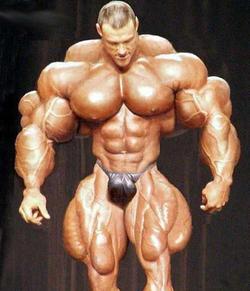Fats are classified by their chemical structure into omega-3s, omega-6s, and omega-9s. Omega-6s cause your body to produce prostaglandins that turn on your immunity to cause inflammation, while omega-3s turn down your immunity to reduce inflammation.
Your immunity is supposed to be good for you. When a germ enters your body, your immunity produces white blood cells and proteins called antibodies that attack and kill the germ. After that germ is gone, your immunity is supposed to stop making so many immune cells and proteins. If it remains active, your immunity attacks your own body to damage tissue and increase risk for heart attacks, certain cancers, and diabetes; it can also worsen existing diseases such as some types of dementia, asthma or psoriasis.
For more than 2 million years, humans have eaten diets that have a ratio of omega-6s to omega-3s of about two to one. However, over the last 100 years, humans have added extracted vegetable oils to other foods that they eat and increased the ratio to 12 to one and perhaps as high as 20 to one. This increase in the ratio of omega-6s to omega-3s is a cause of inflammation. The increase in omega-6's has come primarily from vegetable oils that are added to baked, fried and other prepared foods. Omega-3s oils are relatively unstable so they are not found in most prepared foods.
Good food sources of omega-3's include seafood and beans, whole grains, nuts and other seeds. We do not know if changing the ratio of omega-6s to omega-3s will help to prevent cancers in humans, but several studies show that they appear to both prevent and slow cancers in animals.
More on omega-3s and omega-6s






 17:22
17:22
 kaniamazdar
kaniamazdar











